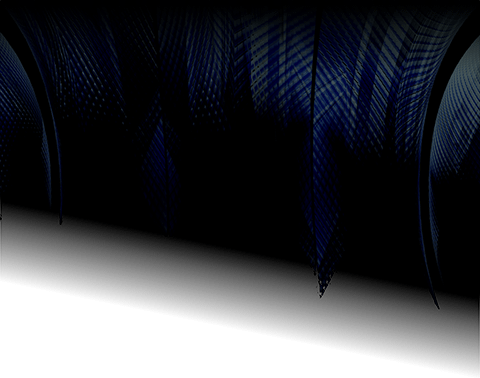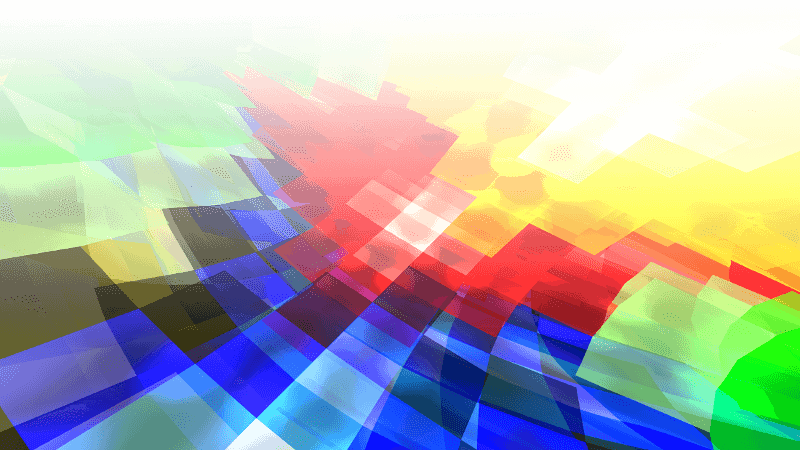


What started as a study in MLcad and Pov-Ray has evolved into some very interested renders. What I mean in renders is I create a scene as a photographer would in the studio but with in a CAD version made for creating LEGO models in the digital world. I then take these virtual models and choose the light and camera specs, just as a photographer would do. But I can make the camera be 1 pixel in space around or within my models. I can also have camera lenses that would not be possible in real life.
This was my first study. A simple surface using 2x2 tiles with a chrome finish. Along with 2 chromed gold color pillars. One single camera location and 2 or 3 fixed lights if I remember correctly for versions of this study.
From this I then changed the camra types and lens sizes to come up with all these different designs.
So this got me hooked, what else could I do? I then experimented on patterns and the interaction of multiple chromed surfaces and clear items.
These lead to giving clear items colors from their surroundings. These work like a fractal, no matter how much I zoom in the detail gets more defined. As seen in the 2nd picture that only shows a single 1x1 round plate, and just a part of this brick is shown.
Somewhere around this time I had to come up with a better way of rendering my pictures. Making changes did not take too long at all compared to the actual renders that at the minimum took over night and most took around 20+ hours. And these were at smaller resolutions then I wanted. My solution came from a program I found that enabled any windows pc to monitor a shared folder and take a part of the rendering job to do on its own. Once all parts were made the software would merge all the parts together. It also enabled me to use more than one processor as Pov-Ray was limited to only 1 proc back then.
So I took my pc PIII 800 I think, 2x Compaq proliant 800 server with Dual PIII 500 2 gig memory each, and Compaq proliant 5000 server with quad PIII 550 4 gig memory. So I now had 4 computers working as one to render my pictures. A bit loud and an excellent scorch of heat. So during the day I could use my pc to make new scenes. Once I have a scene that needs rendered I would send it to the render farm and have the other 3 servers work on them as I continue using my pc for other tasks. Then at night I would add my pc to the farm to help out on the jobs. This worked great, I was creating 5000 x 5000 pixels and larger pictures over night.
This new power lead me down some crazy renders, I threw out all rules and had clear parts overlapping each other while having lights within these parts. I choose a campfire for this design. I think I had something like 150 lights within the fire and clear parts. Some clear parts were a different tints of color to add to the effect. All light seen in the render has bounced around and merged with so many colors. There was a reason you only see one of these pictures, and if have seen it before you will also notice this was only rendered in 1024 x 768 pixels. The reason…. How about 72 hours on all 4 pc’s to complete this render.
Working on this compounded reflections idea I continued with other designs. I was finding results that were not what I would have expected. The main problem was light. I had too much, the computer’s ability to bounce the same ray of light back and forth basically limitless created more then I needed. And with less light I would get more compounded refecltions.
This is about where I have paused my “Allure of the Brick” work. I decided to get to the next step on renderings like these I needed to tech myself how to use a real CAD program. Still on my list of things to do…
Gallagher
UPDATED Gallery Jan 19th 2014
Enjoy!
`mike
LEGO® is a registered trademark of the LEGO Group of companies and does not sponsor, authorize, or endorse this site.
